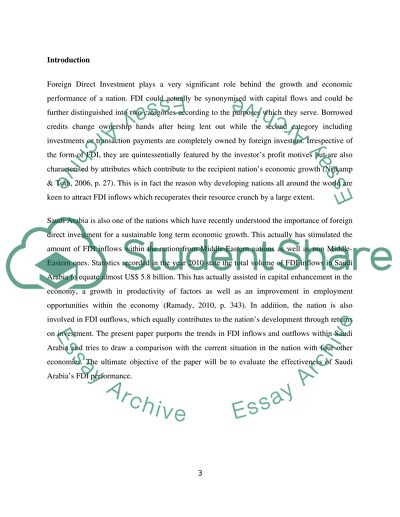Cite this document
(“An empirical study on FDI, inward or outward Essay”, n.d.)
Retrieved from https://studentshare.org/environmental-studies/1410770-an-empirical-study-on-fdi-inward-or-outward
Retrieved from https://studentshare.org/environmental-studies/1410770-an-empirical-study-on-fdi-inward-or-outward
(An Empirical Study on FDI, Inward or Outward Essay)
https://studentshare.org/environmental-studies/1410770-an-empirical-study-on-fdi-inward-or-outward.
https://studentshare.org/environmental-studies/1410770-an-empirical-study-on-fdi-inward-or-outward.
“An Empirical Study on FDI, Inward or Outward Essay”, n.d. https://studentshare.org/environmental-studies/1410770-an-empirical-study-on-fdi-inward-or-outward.


